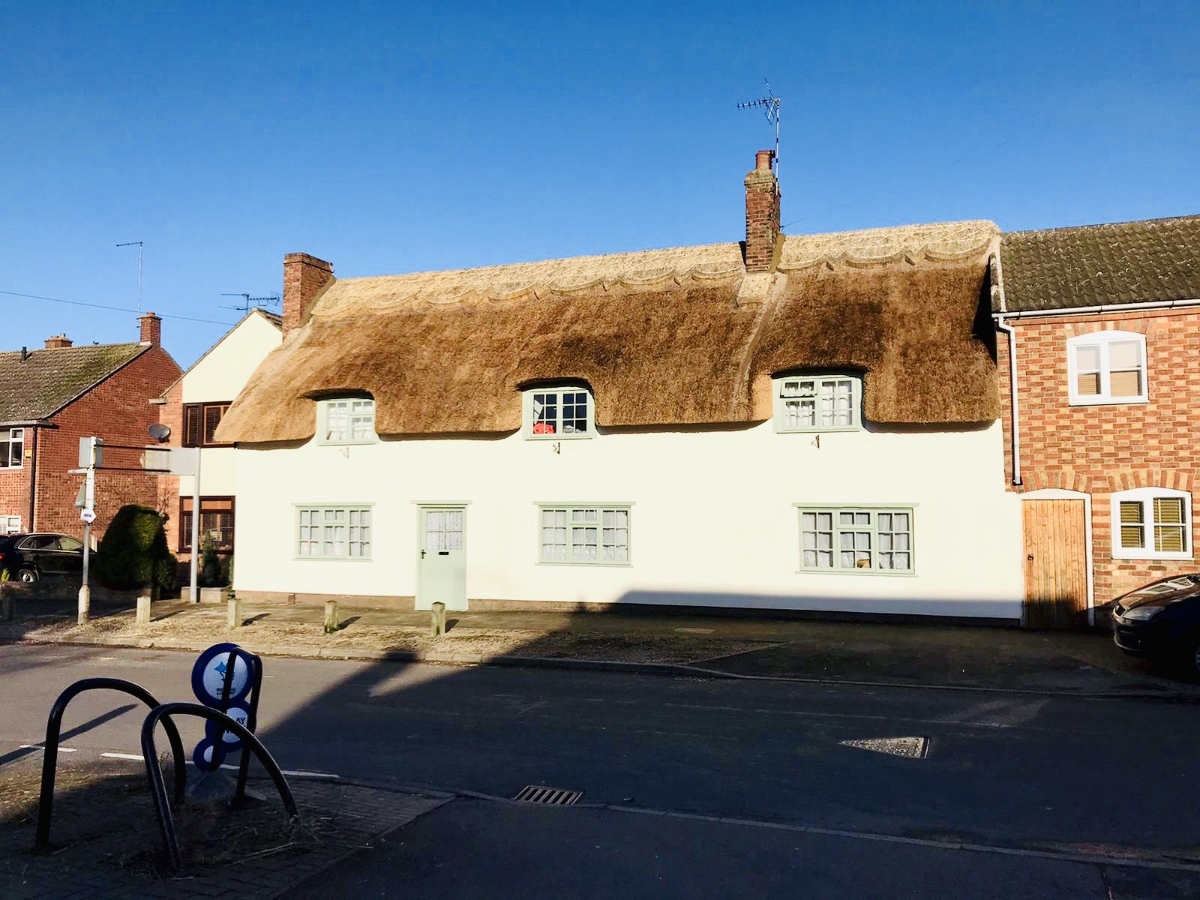Thatch Life Span

In the past, when there was more variety in thatching, there were 'rougher' thatches for some buildings than others .Thatch on a rick of wheat, or a haystack might only need to last a season. A cheap, thin thatch might be chosen for farm buildings which the farmer might thatch himself. A type of thatching where the sways of each course are exposed might be chosen for a house or cottage.
When thatchers worked on farms, it was practical to extend the life span of a farmhouse or farm cottage roof by frequent patching. It was possible to delay applying any attention to a roof until it sprang a leak, because there was likely to be someone who could thatch on hand.
Today, most people want a thatch that is long-lasting and like to compare materials and methods for durability, as well as considering what type of thatch suits their type of house best. As a general rule, the owners of thatched houses today pay more attention to the appearance of their thatch than their farming predecessors and have to plan ahead for a visit from the thatcher. Nevertheless, patching is still a practical method of extending the life span of a thatched roof.
When a thatcher comes to re-ridge it is sensible to ask whether any part of the roof needs a patch at the same time. Until it weathers, the colour of the patch will be lighter, but this is also the case for a new ridge. The life span of thatch depends on many variables.
The local climate (and there are huge differences in annual rainfall and temperature in different parts of Britain), the location of your building (overhanging trees and proximity to water can both speed up decay), the pitch and overall design of your roof, the quality of materials, the skill of the thatcher and the quality of his or her work, your own care in seeing that the thatch is not neglected (e.g. regular re-ridging), all influence weathering and no one building is exactly the same as another.
The techniques used in growing straw for thatch contribute to quality and a good thatcher will make sure the material he uses is the best that can be obtained. Some roofs will last longer than this (there are examples of combed wheat reed lasting over 30 years), and most thatchers would be disappointed and concerned if a well-thatched wheat reed roof, using good materials lasted less than 25 years.
In general terms a wheat reed roof thatched by a good quality craftsmen using quality materials should last 25 to 30 years, On the other hand a water reed roof with the same expertise and quality materials should last in excess of forty years.
If you are buying a thatched house you should always ask the previous owner for information about when it was last thatched and re-ridged.
You should keep records of any work done to the thatch while you are in the house so you can pass this on when the house is sold. This should include the thatcher you used and the type of materials on the roof. It is worth noting down the variety of wheat used for combed straw thatch or the country of origin of water reed.
